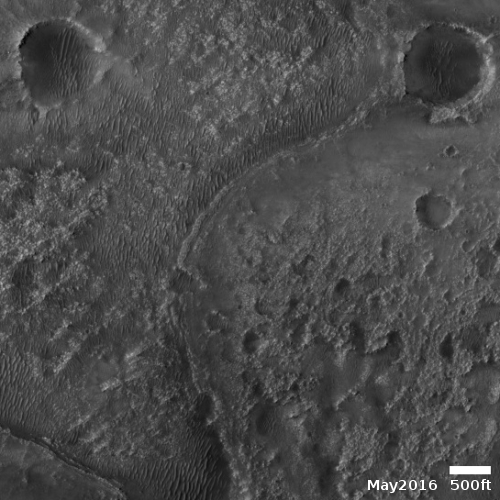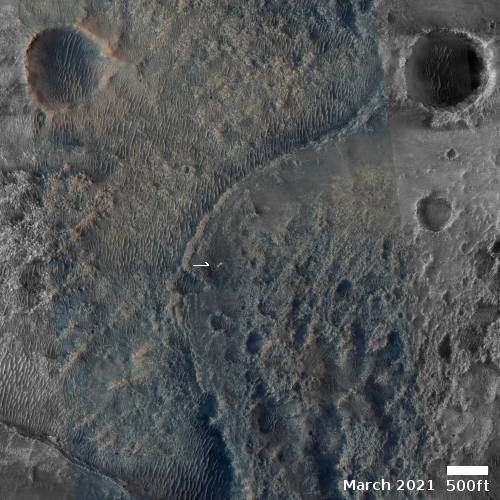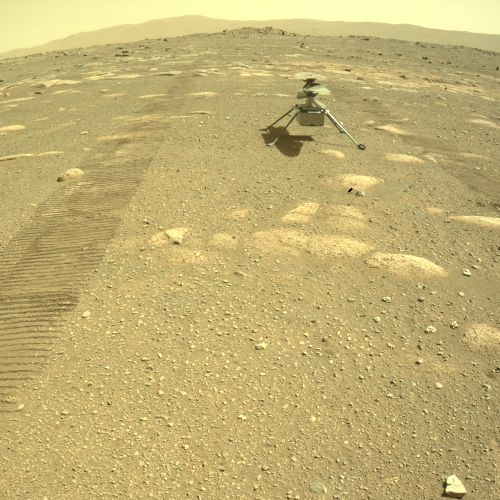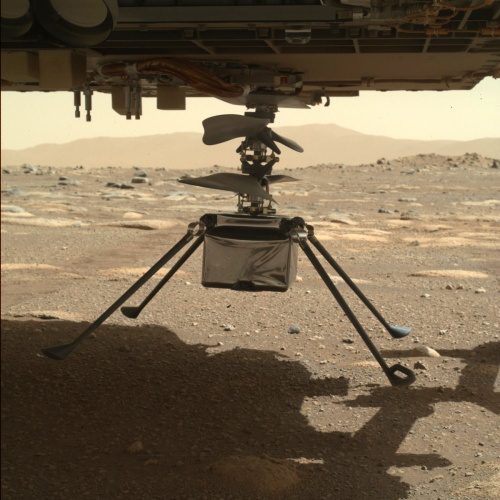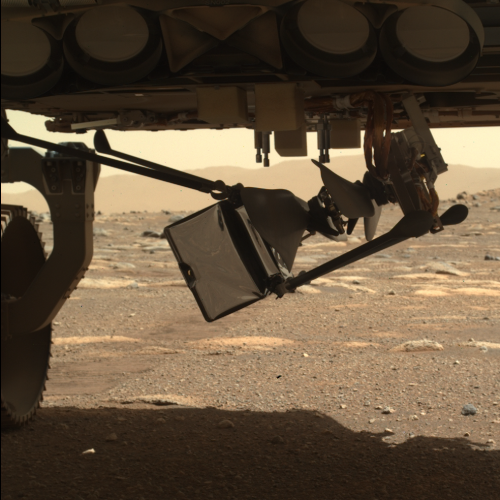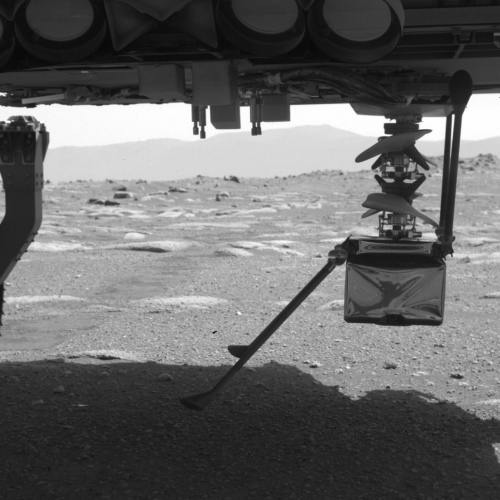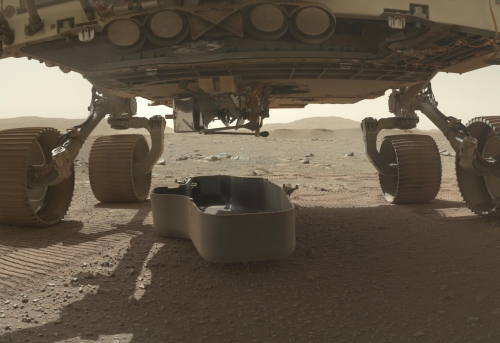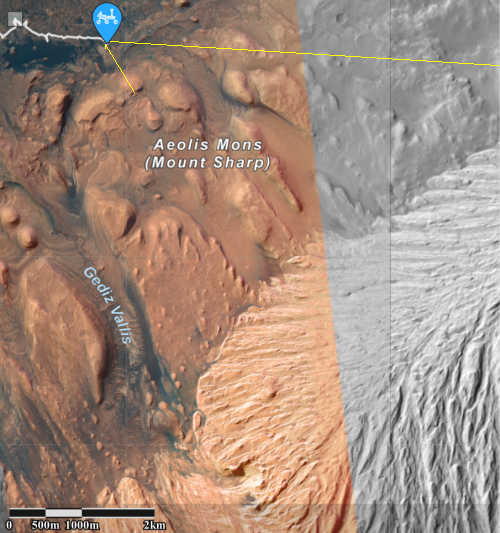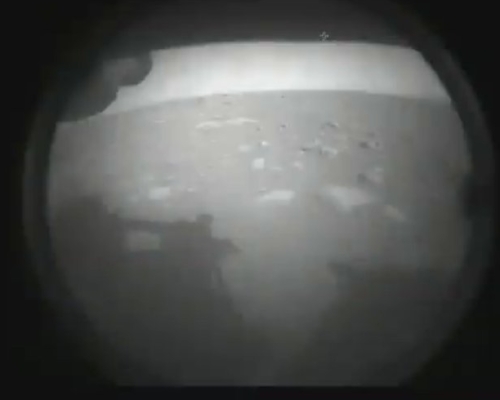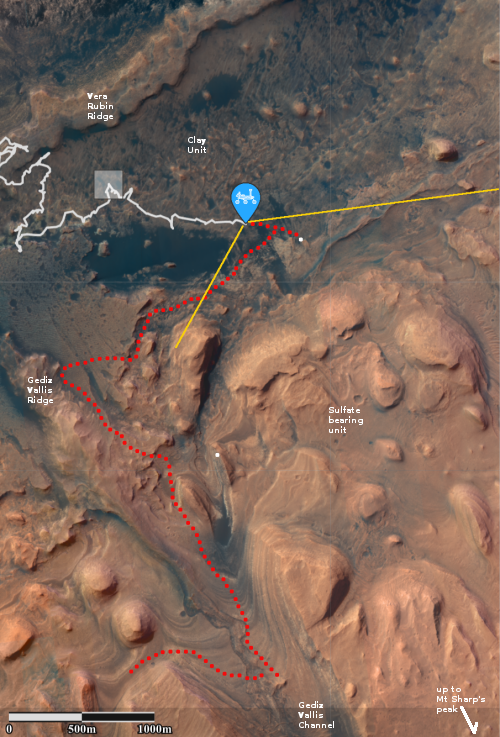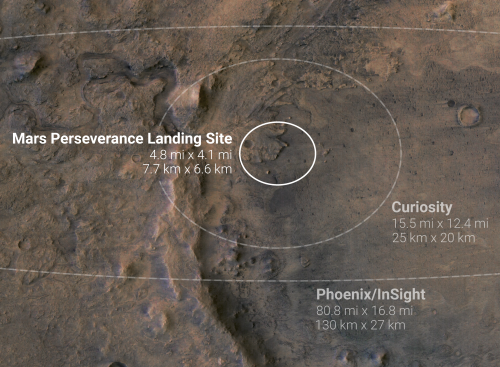Ingenuity test flight delayed
Due to a software issue identified during testing of the helicopter’s rotary blades, Ingenuity’s engineers have decided to delay its first flight for at least three days.
During a high-speed spin test of the rotors on Friday, the command sequence controlling the test ended early due to a “watchdog” timer expiration. This occurred as it was trying to transition the flight computer from ‘Pre-Flight’ to ‘Flight’ mode. The helicopter is safe and healthy and communicated its full telemetry set to Earth.
They are presently trouble-shooting the issue.
Due to a software issue identified during testing of the helicopter’s rotary blades, Ingenuity’s engineers have decided to delay its first flight for at least three days.
During a high-speed spin test of the rotors on Friday, the command sequence controlling the test ended early due to a “watchdog” timer expiration. This occurred as it was trying to transition the flight computer from ‘Pre-Flight’ to ‘Flight’ mode. The helicopter is safe and healthy and communicated its full telemetry set to Earth.
They are presently trouble-shooting the issue.

